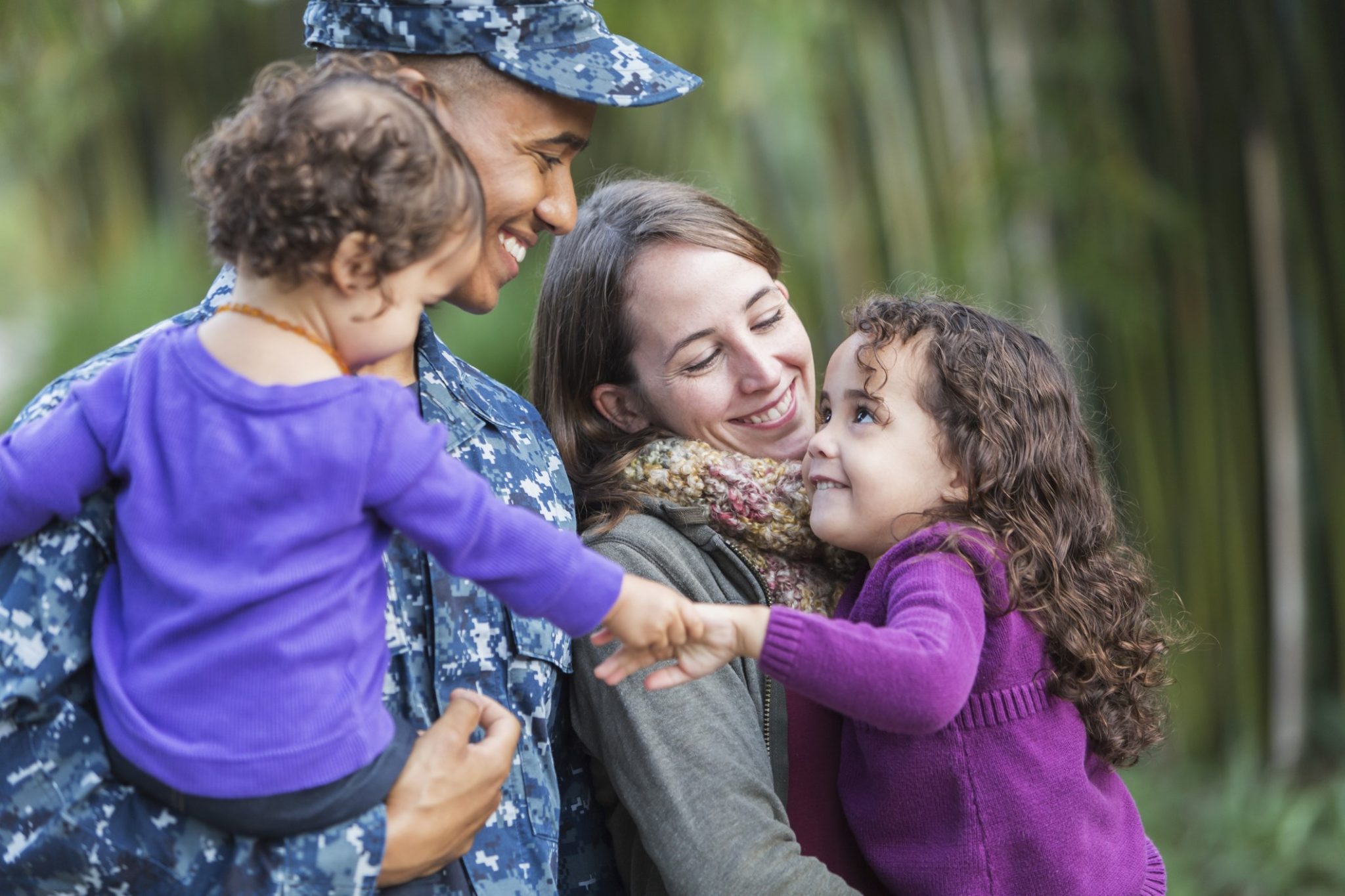By Karen Beranek; adapted by Karen Shirer
Resilience in the face of unprecedented challenges
For much of the past two years, youth in military-connected families have focused their energy on being resilient and building coping and adapting skills in the face of challenges. COVID-19, racial injustice, and family economic instability are several of these challenges. In addition, youth in military families also face challenges associated with a parent’s deployment or a family’s permanent change of station.
The same can also be said for youth development and family professionals who work with military-connected youth and families. COVID-19 upended youth and family programming causing professionals to adapt quickly. Diversity, equity, inclusion, and belonging (DEIB) have become greater priorities, leading professionals to better address DEIB in their programming.
Many of us have gotten pretty good at adapting and building our resilience and coping skills amid these changes. When we plan programs with military-connected youth and families, how can we shift from a reactive to a more proactive approach where we move beyond resilience toward thriving?
We also know that some young people have struggled with mental health challenges as a result of the pandemic. A recent study analyzed 156 studies on youth mental health during the pandemic, finding increased levels of depression, anxiety, and stress. The study also reported that youth who used positive coping strategies showed fewer mental health symptoms. These coping strategies included:
- Staying connected to others, often using virtual means to do so
- Maintaining a positive outlook on their experiences
- Getting physical activity and spending time outdoors
- Participating in creative activities
From Resilience to Thriving
Karen Beranek, a colleague in the Youth Development Program at the University of Minnesota Extension, recently wrote a blog post on the 4-H Thriving Model. Figure 1 helps to illustrate how participating in high-quality youth program settings helps youth thrive, and thriving youth achieve key developmental outcomes.
Dr. Mary Arnold, from Oregon State University, has led this work. She recently wrote an online article about putting the 4-H Thriving Model into real-world practice. In it, she highlights the distinction between resilience and thriving:
“But thriving … is different than resilience. Thriving is more than coping with adversity and overcoming incredible challenges despite how difficult the situation is. Thriving is about optimal development- about being the best we can be in our whole selves. In our minds, bodies, and spirits.
Dr. Arnold goes into further detail about what thriving looks like in real life:
“Thriving means having the skills and support to do well regardless of the situation we find ourselves in … thriving is not a state – as in I was thriving yesterday, but today not so much … thriving is a process of development that takes place over time as we gain the social, emotional, cognitive and spiritual qualities that help us optimize who we are as human beings.”
Young people and those who support them certainly need resilience, but to fully support the developmental process of thriving, they need much more. Karen Beranek often talks with the youth she works with about their pathway or journey. Of late, their journeys include coping with stress, bouncing back from hardships, managing emotions, trying new challenges while persevering toward their goals, and having a hopeful future and purpose in life.
What experiences can we build for youth to thrive with their whole self as part of this process approach to development? What role does youth have in co-building that space? How can you help the young people in your program move from a sense of resilience to thriving?
Call to Action
- Please share this blog post and its resources with colleagues and partners.
- Connect with youth and families with which you work to see how they are doing.
- Check out these websites to learn more about positive youth development and the 4-H Thriving Model:
- Research on the 4-H Thriving Model https://helping-youth-thrive.extension.org/academic-resources/
- MilitaryOneSource Military Youth and Teen Programs
- U.S.D.A. National Institute For Food and Agriculture. Military Youth Programs
References
Arnold, M. (N.d.) On Resilience and Thriving. Oregon State University. https://blogs.oregonstate.edu/youththriving/on-resilience-and-thriving/
Santl, K. (2020). Building your own resilience during tough times. https://blog-youth-development-insight.extension.umn.edu/2020/07/building-our-own-resilience-during.html
Zalopa, E. Et al. (2022). Changes in Youth mental health, psychological well-being, and substance use during the COVID-19 Pandemic: A rapid review. Adolescent Research Review, 7, 161-177. https://link.springer.com/article/10.1007/s40894-022-00185-6
Writers Biography
 Karen Beranek focuses on ensuring high-quality positive youth development programming happens in the southwest region and throughout the state of
Karen Beranek focuses on ensuring high-quality positive youth development programming happens in the southwest region and throughout the state of
Minnesota. She provides leadership in staff development of designing, implementing, and assessing programming led by staff, volunteers, and youth, specifically in 4-H community clubs.
Karen connects high-quality programming with her passion for youth leadership in her role as co-chair of the state Civic Engagement & Leadership team. She works closely with this team, the State Ambassadors, and the SW region to build unique educational opportunities for youth. Her work with the Local Ambassador program is one example of building youth voice into program design. Karen has her M.S. in Human Development, Child and Family Studies, from South Dakota State University, and her B.S in Human Development and Family Studies, from South Dakota State University.
 Karen Shirer, previous Associate Dean of the University of Minnesota Extension Center for Family Development. Karen is also the parent of two adult daughters, a grandmother, a spouse, and a cancer survivor.
Karen Shirer, previous Associate Dean of the University of Minnesota Extension Center for Family Development. Karen is also the parent of two adult daughters, a grandmother, a spouse, and a cancer survivor.
Photo source: Istock















